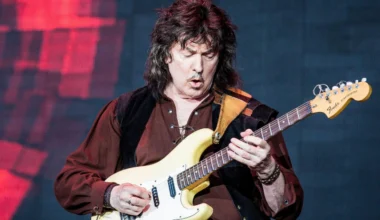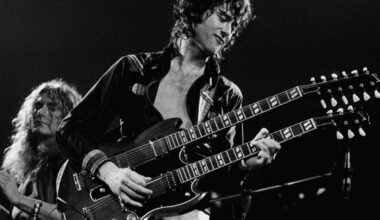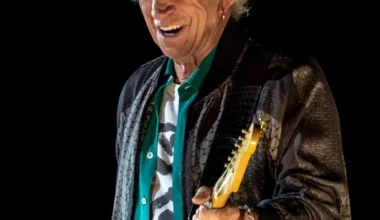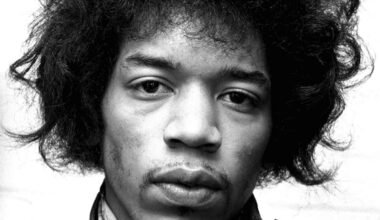A true test of any musician’s legacy is their ability to command a live stage. It’s one thing to craft a song that sounds massive on record, but if they can’t deliver it in front of an audience, the magic fades. While Roger Waters has always prided himself on creating stunning live spectacles, he wasn’t afraid to call out one artist whose performances left him unimpressed.
Waters, despite his own polarizing reputation in the studio (Dark Side of the Moon Redux being a prime example), still brings his Pink Floyd classics to life with elaborate visuals and theatrical grandeur. Even though his voice has changed, he adapts by letting his backing singers carry the more challenging parts once sung by David Gilmour. For Waters, the show is about more than just musical accuracy—it’s about leaving the audience with an unforgettable experience.
That’s exactly why he never had much patience for Bob Dylan’s live performances.
The Dylan Dilemma
Dylan’s impact on music is undeniable. From his groundbreaking folk days to his controversial shift to electric in the 1960s, he always found ways to challenge expectations. But when he embarked on The Neverending Tour in the late 1980s, Dylan took a different approach to his music—one that didn’t sit well with Waters.
Rather than sticking to faithful renditions, Dylan reworked his classics beyond recognition. His aging voice, already an acquired taste, became a gravelly whisper as he began half-speaking his lyrics. Songs like Blowin’ in the Wind and The Times They Are A-Changin’ morphed into unrecognizable versions, leaving even longtime fans guessing what he was playing.
Waters wasn’t impressed.
“I stopped going to see Bob Dylan because it became, like, guess the tune. You’d think, ‘What’s he playing?’ and then you’d suddenly realise, ‘Oh my word, it’s Lay Lady Lay. I don’t see the point in that,” Waters once remarked.
For Waters, a song’s structure was crucial to preserving its emotional impact. He believed melodies weren’t just musical decorations but vehicles for delivering a song’s meaning. Stripping them down until they were unrecognizable? That, in his eyes, defeated the entire purpose.
Two Legends, Two Approaches
Of course, Waters isn’t above adjusting his own performances. He’s well aware he can’t sing like he did in his youth, which is why he delegates certain vocal parts to his bandmates. In his view, that’s a far better solution than Dylan’s approach of croaking through his songs, barely resembling their original versions.
But at the core of their differing perspectives is a fundamental divide in philosophy. Waters sees concerts as immersive, theatrical experiences designed to make audiences think. Dylan, on the other hand, treats live performance as a constantly evolving art form, reinventing his songs to reflect where he is in life.
Both approaches have their defenders and critics, but for Waters, one thing is clear—if he’s paying for a concert, he’d rather not spend the night playing “guess the song.”








